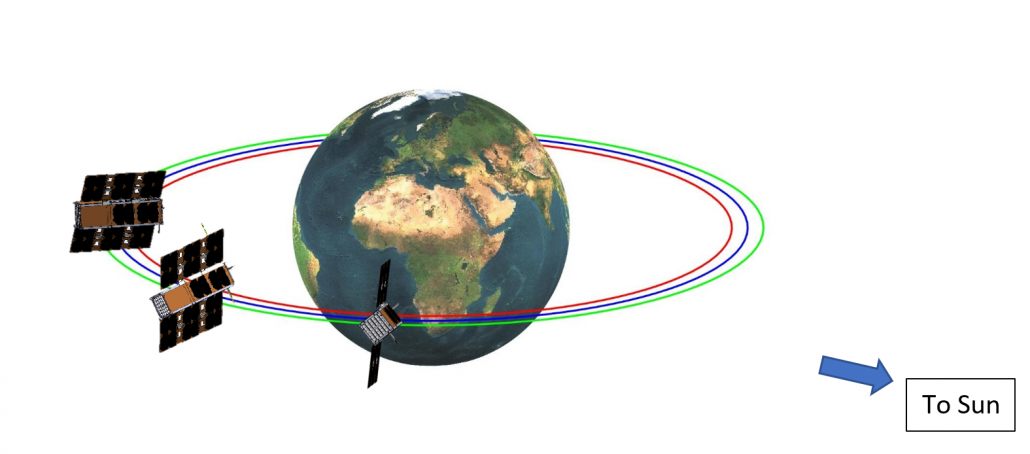The objective of HERMES-SP is to demonstrate the feasibility of an innovative space system – based on distributed nano-platforms – for cross cutting, high quality scientific return in the field of the multi-messenger astrophysics, with production life cycle reduced of a factor of at least two, and costs decreased of a factor of ten.
The key role that nano/small-sat can have on Space Science has been recently emphasized also by COSPAR, through the dedicated review Small satellites for space science, A COSPAR scientific roadmap.
The project will output the Scientific Pathfinder of the complete fleet, made up of three 3U CubeSat based flight segments which will provide timely (within minutes) and good localisations (<1 deg2) of relatively bright X-ray transients such as GRBs, ready to launch in 3 years, exploiting the timeliness with GWEs that will be discovered by the improved GW interferometers in the next decade and enhancing synergies between space and ground-based observations.
Gamma-Ray Burst localisation is gained by comparing time delays among the same event detection epochs occurred on – at least – 3 detectors spaced out on different satellites. Distribution in space and event detection are the fundamental ingredients to start building up the whole scientific experiment.
This ambitious goal will be achieved exploiting at most the Commercial off-the-shelf (COTS) components, currently under-performing in space environment, but with the potential to provide high impact and radical transformations in space application. The turning point stays in:
- the definition of a new dedicated MAIT/MAIV to raise their reliability in space through limited but determinant on ground tests
- a new in-to-orbit strategy which exploits at the most the faster production chain and the cluster launchability – thanks to miniaturisation – as degrees of freedom to control the whole fleet reliability.
The combination of the two is going to open new Space and non-Space markets and exploitations – thus contributing to the Space4.0 revolution.
Examples in the ground based market sector are the rapidly increase and enhancement of laptops and smartphones performance and capabilities.
The Sloan Digital Sky Survey represents a winning application in the astrophysics domain: this small and relatively low-cost telescope proved to be the most productive in the world so far, producing, or prompting, a large number of breakthrough results.

